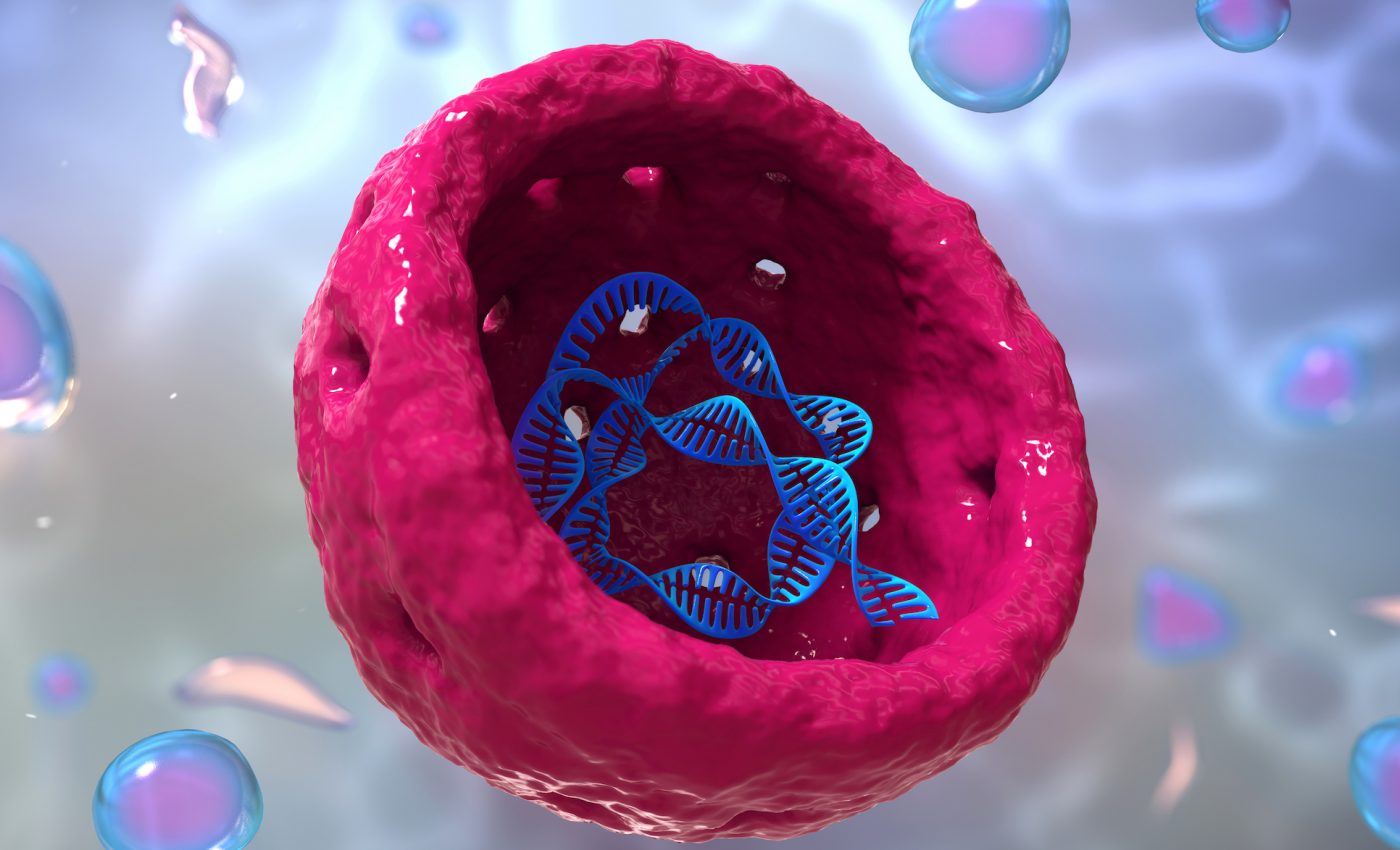Life’s Oldest Secret Unearthed: Were Complex Cells Born 1.6 Billion Years Ago?
Article by - Arya Bandyopadhyay
Imagine flipping through Earth’s oldest scrapbook and spotting a clue about life from 1.6 billion years ago. Not just any life—complex cells that could be the ancestors of every tree, tiger, and you! Scientists in Australia just found chemical traces in ancient rocks that hint these fancy cells, called eukaryotes, were thriving way earlier than we thought. This 2025 discovery is like uncovering a lost page in life’s story, and it’s got everyone buzzing with excitement. Ready to time-travel to the dawn of complexity? Let’s dive in!
A Treasure Hunt in Ancient Rocks
Deep in Australia’s rugged outback, likely in the McArthur Basin, researchers hit the jackpot—not gold, but chemical gold. They found molecules called steranes, tiny fossils of fats made by eukaryotic cells, locked in rocks 1.6 billion years old. Eukaryotes are life’s superstars: unlike plain bacteria, they have a nucleus and cool organelles, like the mitochondria powering your cells right now. Think of them as the first spark of everything from roses to rhinos.
Using high-tech tools (picture sci-fi microscopes), the team spotted these steranes, showing they’re not random muck but real signs of early complex life. Back then, Earth was a strange place—oxygen was just starting to rise, thanks to the Great Oxidation Event (about 2.4 billion years ago). This find pushes the eukaryote party back hundreds of millions of years, way past the 1.2-billion-year mark we used to peg them at.
“It’s like learning your family tree stretches back to the dawn of time!” Okay, maybe not that far, but you feel the thrill, right?
Why This Matters to You
Why should you, chilling with your morning smoothie in 2025, care about this? Here’s the deal:
- Your Roots Run Deep: These ancient cells are your super-distant relatives. If they were around 1.6 billion years ago, life had more time to evolve into the dazzling variety we see today—think jungles, oceans, and, yup, humans.
- Oxygen’s Game-Changer: The rise of oxygen back then was like Earth’s first big breath, letting complex cells flourish. This shows how a changing planet shaped life, kind of like how your world shapes you.
- Alien Life Dreams: If complex cells appeared early here, maybe they could on other planets too. With finds like the exoplanet Neptara 9 in 2025, this makes the search for cosmic neighbors a bit more exciting.
- Life’s Big Puzzle: This clue helps us understand how life went from simple specks to creatures with hearts and dreams. It’s a huge piece of our shared story.
But before we rewrite history books, there’s a twist to this tale.
The Evidence: Tiny Traces, Big Mysteries
Here’s the scoop: these aren’t fossils you can spot with a magnifying glass. They’re chemical hints, like a whiff of perfume from ancient life. The steranes shout “eukaryotes were here!” because bacteria rarely make these molecules. The team checked the rocks’ age and ruled out modern gunk, so the evidence is strong. But without actual cell shapes, we’re left wondering what these trailblazers looked like. Tiny algae? Odd proto-critters? It’s anyone’s guess.
This is where things get tricky. Some bacteria can mimic eukaryote chemistry in rare cases, so not everyone’s convinced. Past claims of super-old steranes, like ones from 1.8 billion years ago, have stirred debates, and this find’s no exception. It’s like finding a cryptic note in your attic—you’re pumped, but you need more to know it’s from your great-great-grandma.
What’s Holding Us Back?
Every big discovery has its speed bumps, and this one’s got a few:
- No Fossils, Just Hints: Without visible cells, some scientists are skeptical. Chemical clues are awesome, but a fossil would make everyone cheer.
- Who Were These Guys?: We have no idea what these eukaryotes looked like or how they lived. Were they vibing in ancient seas or scraping by?
- Puzzle Pieces Needed: Genetic studies suggest eukaryotes appeared between 1.8 and 1.2 billion years ago. This 1.6-billion-year find fits but leans early, so we need to tweak our timelines.
- More Clues, Please: To lock this down, scientists must find similar hints in other old rocks, like in Canada or South Africa. Double-checking is the key to science gold.
Keeping our excitement in check is crucial to make sure this discovery holds up.
What’s Next for This Ancient Mystery?
The quest is just heating up! Scientists are hunting for more clues in ancient rocks worldwide, using next-level imaging to seek hidden fossils, and creating models to picture Earth 1.6 billion years ago. Teams are blending chemistry, biology, and geology, building on studies like Brocks and Summons’ (2003) work on steranes and Lyons’ (2014) research on oxygen’s rise. If this pans out, it could be a landmark moment, like finding a new verse in life’s oldest poem.
Your Turn to Explore!
What do you think about these ancient cells? Could they change how we see our place in the universe? Dive into the science yourself—grab a copy of Nature or Geobiology to stay in the loop. Got a favorite 2025 breakthrough, like AI thinking on its own or green energy wins? Let us know what you want to hear about next. Keep your curiosity alive, and let’s unravel the cosmos together!
Sources
- Brocks, J. J., & Summons, R. E. (2003). “Biomarkers for early life.” Geobiology, 1(1), 1–10.
- Brocks, J. J., et al. (2017). “The rise of algae.” Nature, 548(7669), 578–581.
- Lyons, T. W., et al. (2014). “The rise of oxygen.” Nature, 506(7488), 307–315.
- French, K. L., et al. (2015). “Reappraisal of hydrocarbon biomarkers.” PNAS, 112(19), 5915–5920.
- NSF Research News (2025). https://www.nsf.gov/news
- ScienceDaily Fossils News (2025). https://www.sciencedaily.com/news/fossils_ruins/


Comments
Post a Comment
Please comment on this blog-